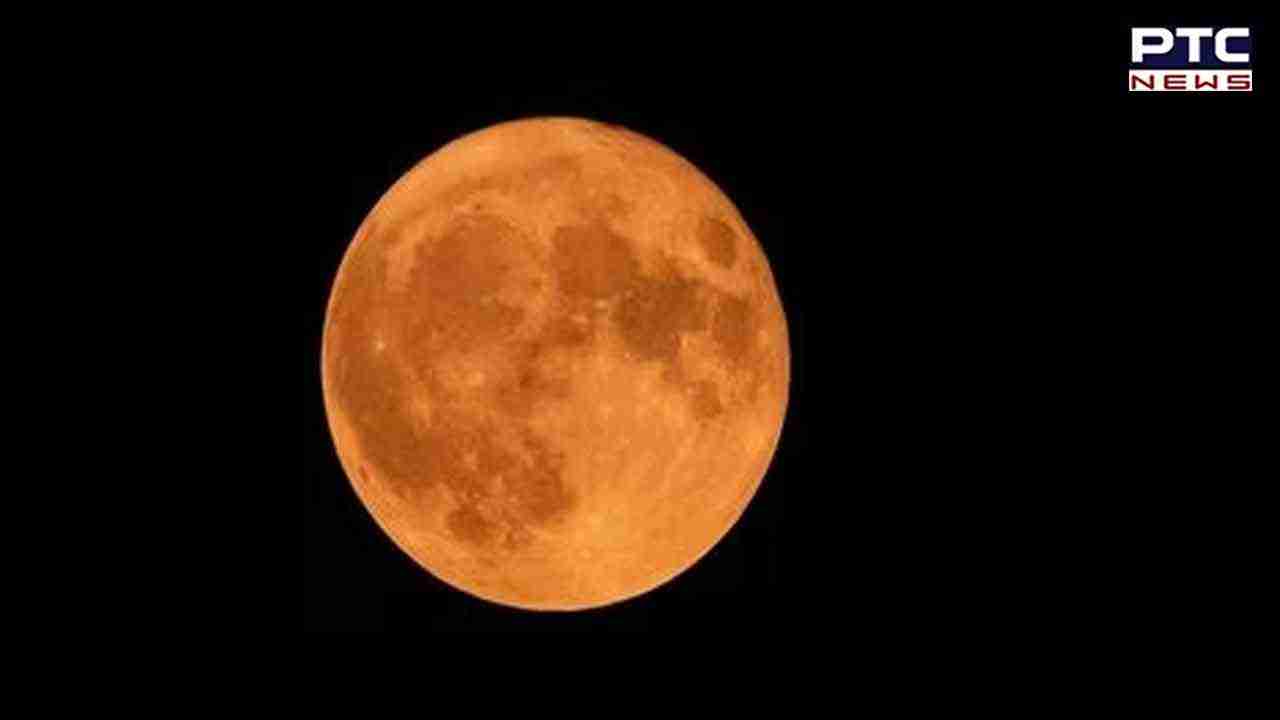

Rare 'super blue moon' event to grace the skies today: Here's how to see it
Super Blue Moon: Astrophiles and sky enthusiasts are in for an extraordinary treat today, as the celestial spectacle of a "super blue moon" takes center stage, marking one of the most sizable and luminous moons of the entire year 2023. This unique occurrence is dubbed a "supermoon" due to the moon's remarkable proximity to Earth when it reaches its full phase, resulting in an exceptionally large and dazzling display in the night sky. Today, the moon will be positioned a mere 357,244 kilometers away from our planet.

Adding to the allure, this specific full moon holds the distinction of being the second to grace the month of August. The first full moon illuminated the skies on August 1, and this subsequent full moon on the same month's horizon is a rare phenomenon that bestows upon it the moniker "blue moon." This infrequent convergence of lunar phases lends a sense of uniqueness to the event, transforming it into a "super blue moon."
The term "blue moon" holds a certain air of rarity, often accompanying the phrase "once in a blue moon" to emphasize the extraordinary nature of an event. In astronomical terms, a blue moon earns its name not from its color, but from its occurrence as an additional full moon within a season that typically features four full moons. This scarcity adds to its mystique, making it a captivating occurrence for sky gazers and stargazers alike.
As the night unfolds, make sure to look up and witness the radiant beauty of the "super blue moon," a striking reminder of the enchanting wonders that the cosmos has to offer.
As outlined by space.com, the second supermoon of this month is set to grace the sky at 7:10 pm EDT on Wednesday (4:30 am IST on Thursday).
However, the pinnacle of its brightness and size is anticipated two hours later, as indicated by the United States' space agency NASA. The descent of the blue moon is expected to occur on Thursday around 6:46 am EDT (4:16 pm on Thursday).

The opportune time to observe this supermoon phenomenon aligns with moments of diminished natural illumination. Although the supermoon's ascension will grace the evening hours for observers in the United States, its most striking visibility emerges during instances when ambient light is relatively subdued.

Meanwhile, residents of India are primed for an excellent vantage point, as the supermoon is slated to make its appearance during the early hours of the morning.
Intriguingly, CBS News suggests that celestial enthusiasts may also be treated to the presence of Saturn, perceptible in close proximity to the moon. Throughout the evening, Saturn will seemingly execute a clockwise circuit around the moon, as illustrated by insights from NASA.

For those inclined to witness Saturn's majestic dance, the planet should be discernible through a simple gaze upward. While the naked eye can capture its presence, utilizing binoculars or a telescope will enhance the ability to discern Saturn's distinctive attributes, adding an extra layer of awe to this celestial spectacle.
As outlined by NASA, the forthcoming occurrence of this extraordinary event is anticipated in January 2037, followed by another occurrence in March 2037. This notable interval underscores the rarity of the super blue moon phenomenon.
- With inputs from agencies
